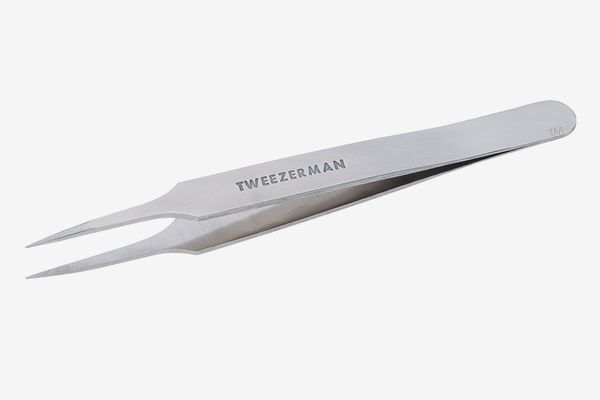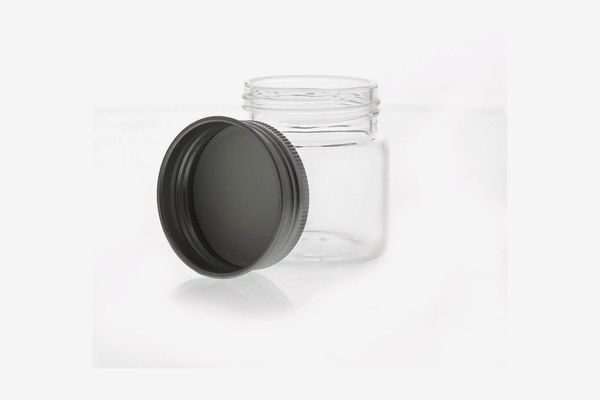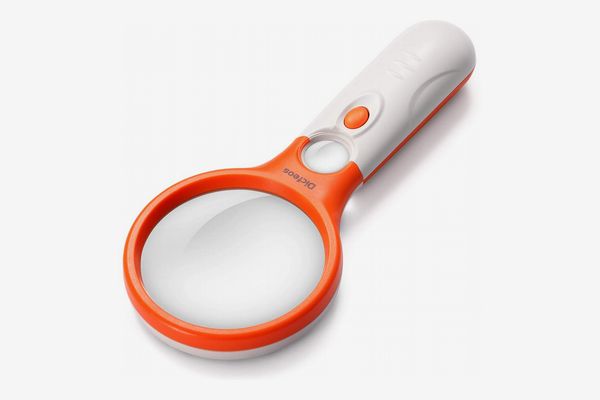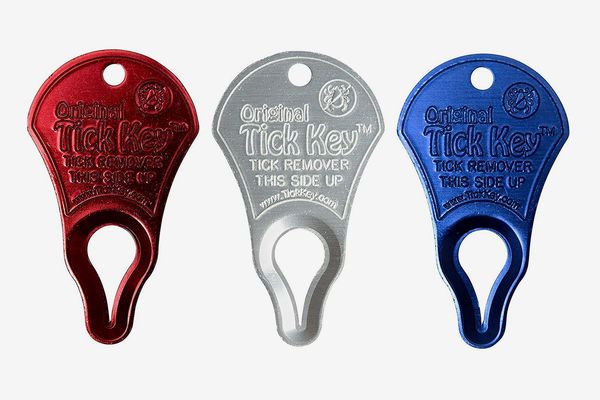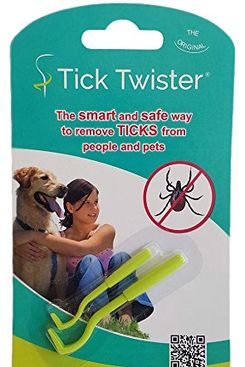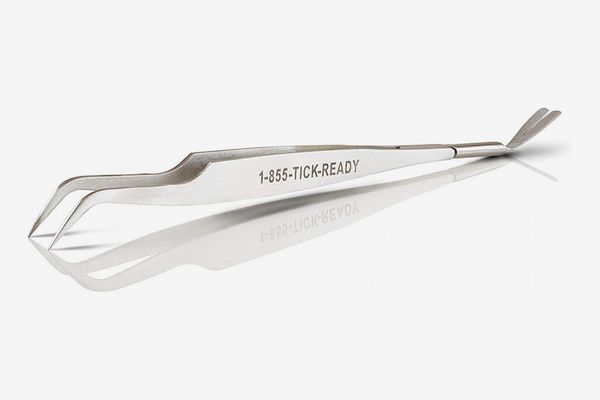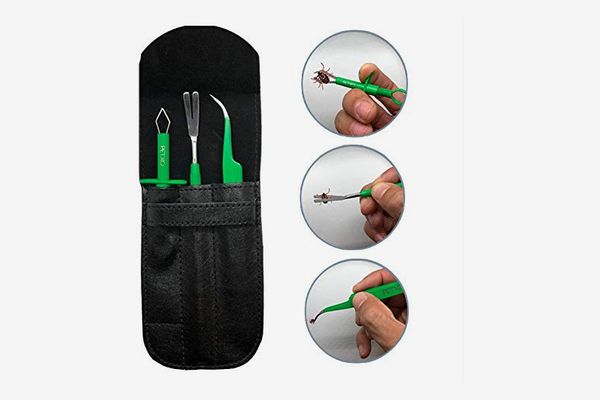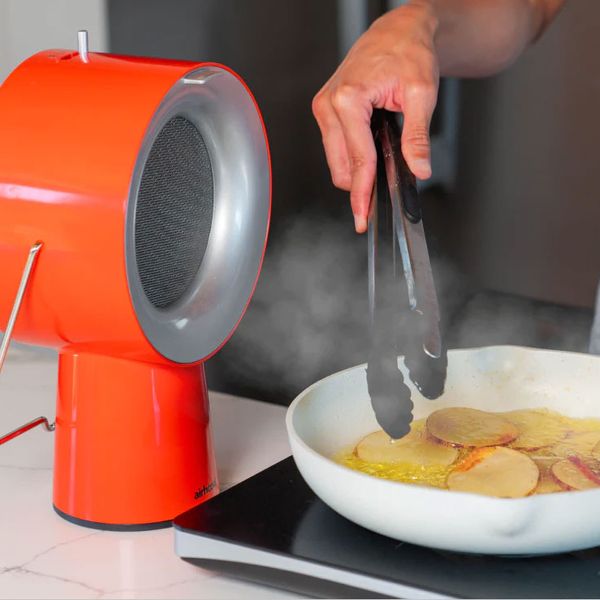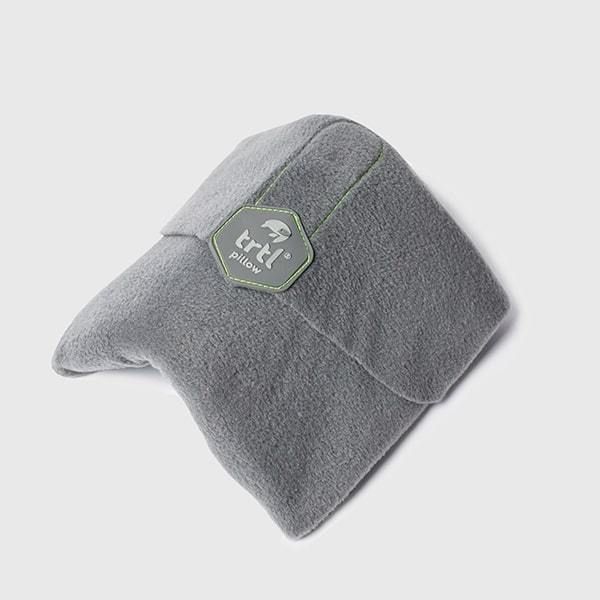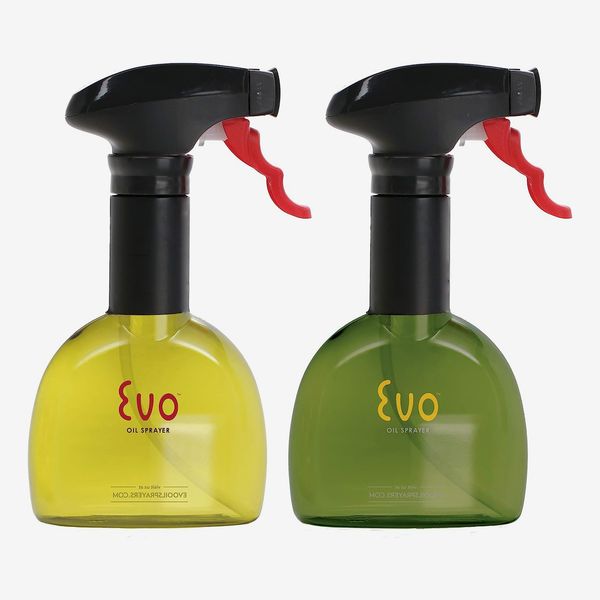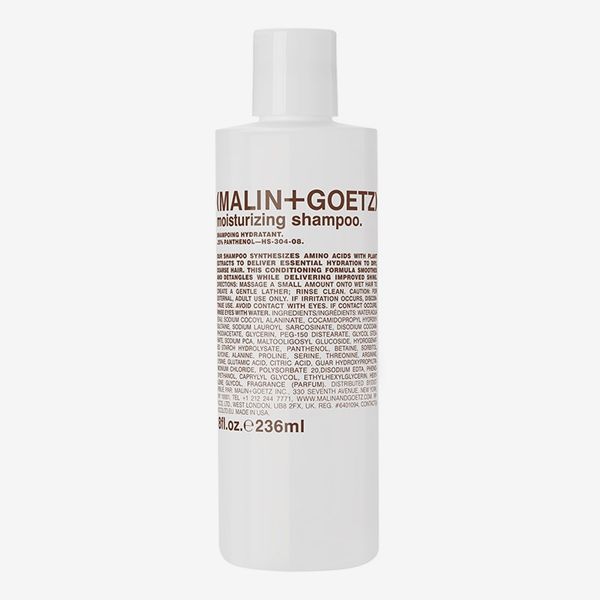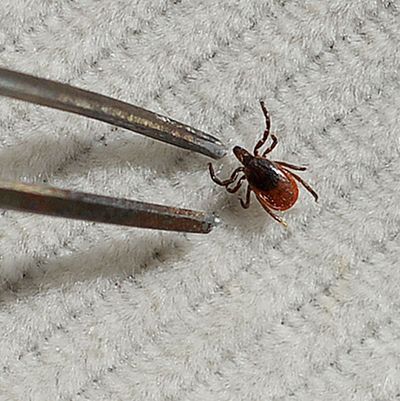
If you’ve spent (or are planning to spend) any time hiking, camping, or generally enjoying the outdoors this summer, chances are you’ve read our story on the best products for preventing tick bites. But what if you try everything you can to stop them, and a tick still sinks its pincers into you? Cases of tick-borne illnesses in the United States grew by more than 6,000 between the years 2016 and 2017, according to the U.S. Centers for Disease Control and Prevention. And knowing how to quickly and properly remove a tick without leaving its mouthparts behind is extremely important if you don’t want to contract one of those illnesses (which include Lyme disease).
We spoke to ten experts — including doctors, veterinarians, dermatologists, scientists, and a representative from the Appalachian Mountain Club — about the correct way to remove ticks from both humans and animals, and the tools to help you do it quickly and safely. Of course, there’s more to know about ticks than just how to pull one out, and our experts had tips for avoiding tick bites in the first place (walking along the center of a trail if you’re on a hike; wearing light-colored clothing that’ll help you spot a tick if one jumps on you; wearing long-sleeved shirts and tucking pants into socks; spraying Permethrin on those shirts, pants, and socks; doing a full-body tick check on people and pets once they reenter the house from outside). Should all those fail, though, read on to find out what products the pros say to use to remove ticks once they bite.
Best overall tool for removing ticks
If you still find yourself with a tick bite despite taking all the recommended precautions, do not try to remove the tick with your bare hands. Touching a tick can put you at further risk — especially “if you have a small cut on your hand, you could expose yourself to disease agents,” explains Goudarz Molaei, a scientist in Connecticut’s Department of Environmental Sciences and an Associate Professor of Epidemiology and Microbial Diseases at Yale University. Veterinarian Sara Ochoa agrees, as does Linda Giampa, the executive director of the Bay Area Lyme Foundation, who says that “squishing the tick or yanking it may push any bacteria back into your body.” Instead, Molaei, Ochoa, and Giampa — along with six other of our ten experts — say you should use a pair of fine-tipped tweezers with pointed ends to remove a tick from humans of all ages (as well as dogs and cats), with the goal being to extract the bug completely without leaving any of its head in your skin.
To do that, Nadine Cohen, an internist at CareMount Medical, says you want to “grasp the tick as close to the skin’s surface as possible.” Next, she says to “pull upward with steady, even pressure,” and remember not to “twist or jerk the tick,” which can “cause the mouthparts to break off and remain in the skin.” Colby Meehan, a leadership training manager for the Appalachian Mountain Club, stresses the importance of using fine-tipped tweezers with pointed ends above all other kinds for tick removal. “If you have fine-tipped, pointed-end tweezers, you should be able to grasp the tick regardless of its size.” The black-legged tick (the one most commonly associated with Lyme disease), for instance, is the size of a poppy seed in its nymph stage, making it too small for flat or blunt-ended tweezers (or most fork-shaped tick-removal devices) to effectively pluck. None of our experts had a favorite brand of tweezers, but these, from popular brand Tweezerman, fit their detailed criteria and are mentioned in our story about preventing tick bites.
Best thing to sterilize a bite and preserve removed ticks
All of our experts say that rubbing alcohol is important for both sterilizing the bite site and for preserving the tick once it’s been removed. Dr. Nikola Djordjevic says, “All you need is a pair of tweezers and alcohol to disinfect your skin after you pluck it,” though Molaei also suggests keeping and antibiotic ointment like Neosporin on hand to avoid infection. Meehan suggests submerging the tick in alcohol after removing it. “We recommend disposing of the tick by submerging it in alcohol. Carry a small plastic bag or hard-sided container to store the ticks in if you’re out on the trail,” he says.
Best vessels for storing and disposing of removed ticks
Like Meehan, other experts, including Cohen and Giampa, recommend carrying small plastic bags like these from Ziploc if you’re heading somewhere that’ll expose you to ticks. You can use one to store a tick you pull from your body until you can dispose of it or give it to a doctor for further testing. Not all our experts said you need to have ticks tested, but Giampa says that “anyone bitten by a tick should save the tick (in a Ziploc bag labeled with the date), and be vigilant for potential symptoms.” If you don’t have alcohol to drown it in, another way to make sure a recently removed tick is dead is to store it in the freezer overnight, according to Molaei.
A small glass jar can also be a helpful tool for storing ticks, according to Ben Team, a senior content editor at K9 of Mine, a website for dog owners. Just “place the tick in a jar of alcohol, and wash your hands thoroughly,” he says.
Best tool for locating ticks on your body
Tiny nymph ticks can be difficult to see, so dermatologist Viseslav Tonkovic-Capin recommends having a magnifying glass on hand to help. “Everyone should have fine-tipped tweezers and, if possible, a magnifying glass to be prepared for removing a tick safely.” This one has a built-in light that won’t only help you search for hard-to-spot ticks, but can also make routine tick checks more of a fun activity for kids, whom Giampa says “should know how to remove ticks.” To that end, she also suggests that parents “ask counselors at any summer camps their children attend about tick education.”
Best tick-removal tool you can put on your key chain
After pointed-edge, fine-tipped tweezers, Cohen suggests using a tick key, which “works by sliding underneath the body of the tick, close to the skin, with the goal of removing the entire tick easily and safely.” Another benefit of the keys is that they come with little holes you can use to slip them on a key chain, so you’ll always be prepared. Still, when it comes to removing very tiny ticks, tweezers will do a better job.
Best tick removal tool for larger ticks
Ochoa also told us about the Tick Twister, a tool that looks like the back end of a hammer’s head, which you use to pull a tick out of your skin like you would a nail out of a piece of wood. “I have seen the Tick Twister used a lot with success.” This pack includes two “twisters” that you can use to remove ticks, depending on their size (but both should supplement a pair of fine-tipped tweezers, as these likely won’t work on tiny nymph ticks).
Best multipurpose tool for removing a tick
Ochoa also recommends the TickEase, a tool that combines the precision of pointed-edge, fine-tipped tweezers (for nymphs) and the ease of the slide-and-pull Tick Twisters or Tick Key (for larger ticks).
Best set of tick-removal tools
In addition to tweezers, Team (who last summer contracted Rocky Mountain spotted fever from a tick that crawled off his dog) likes using this set of three tick-removal tools — a bug grabber, fork-shaped remover, and tweezers — that come in a handy carrying case. “This is a good three-piece kit that should handle just about any tick you run up against. It’s 12 bucks, which is a bit more expensive than the cheap ones, but it’s the one that I’d buy.” Team also generally advises staying up to date on your pet’s flea and tick meds, since they might bring ticks into your home — and not just after romps through the woods. “Your dog can certainly get ticks while playing on a well-manicured lawn in the suburbs.”
The Strategist is designed to surface the most useful, expert recommendations for things to buy across the vast e-commerce landscape. Some of our latest conquests include the best acne treatments, rolling luggage, pillows for side sleepers, natural anxiety remedies, and bath towels. We update links when possible, but note that deals can expire and all prices are subject to change.

